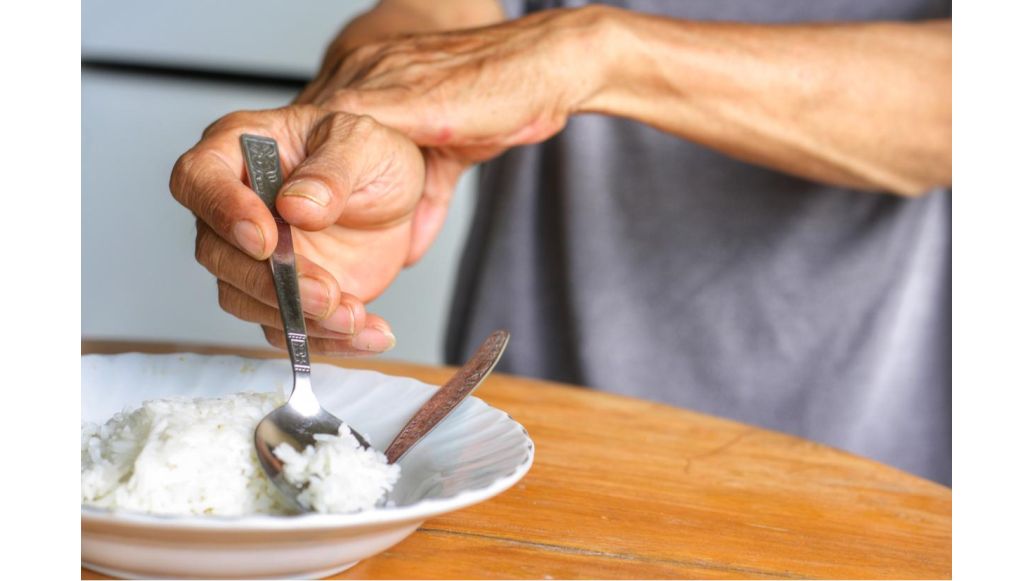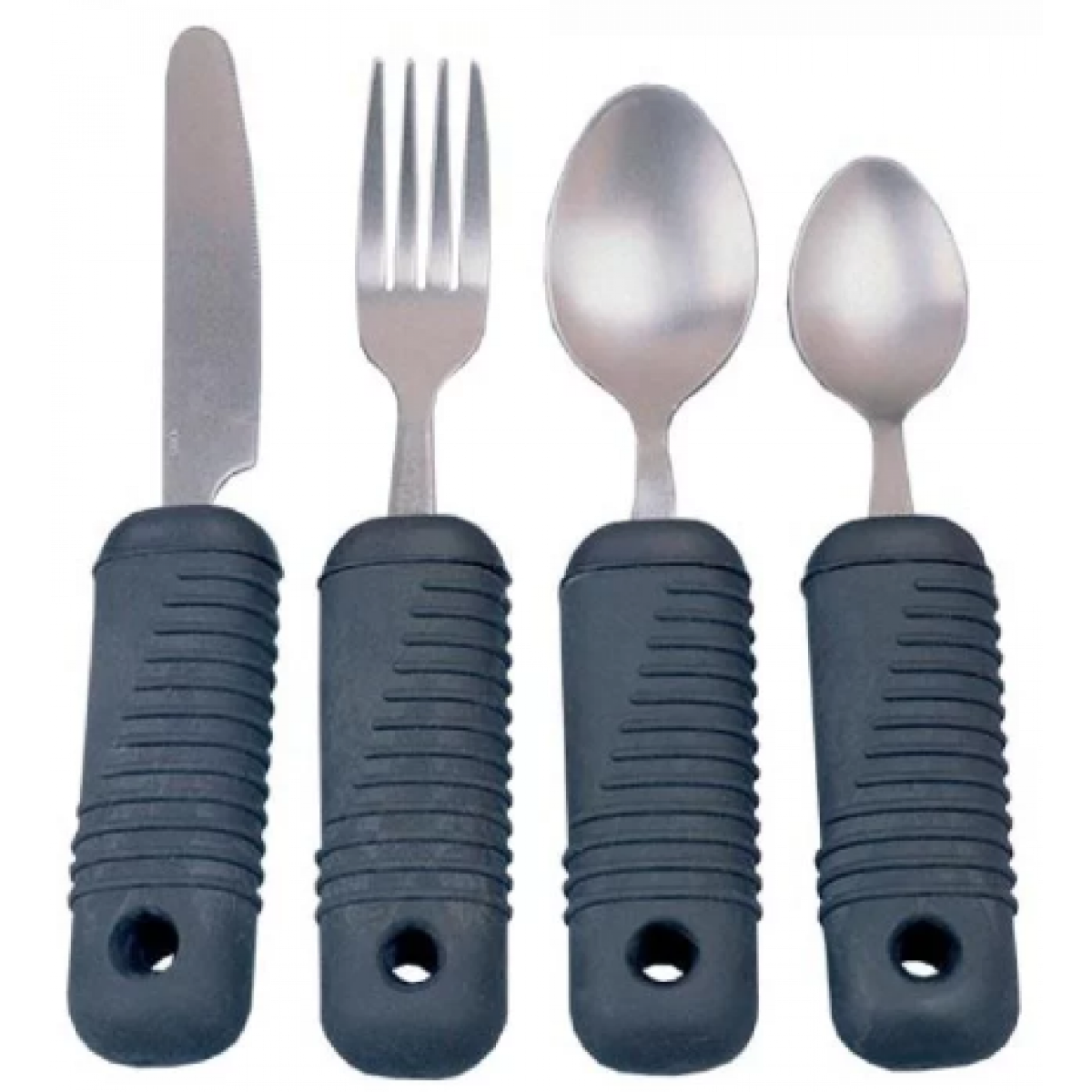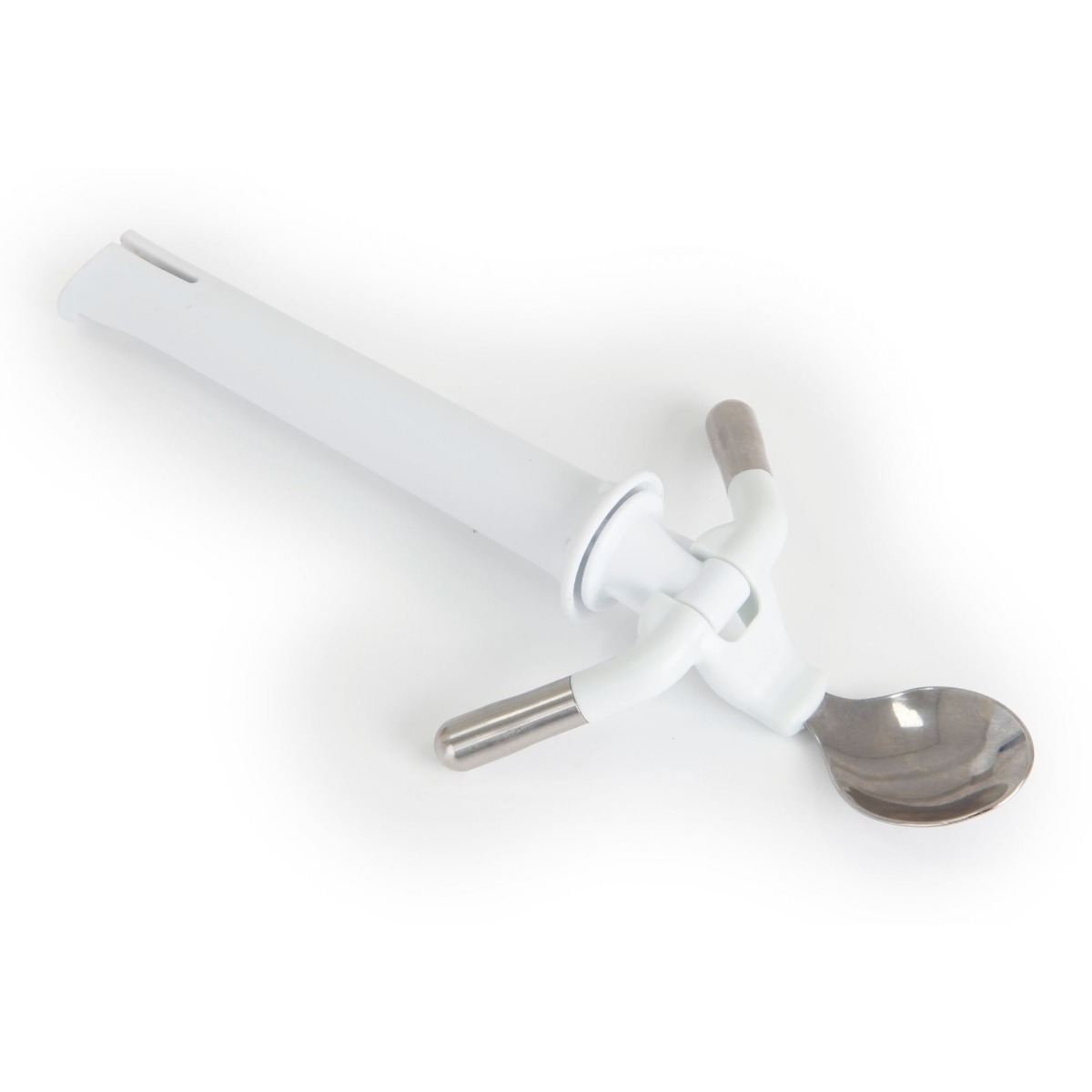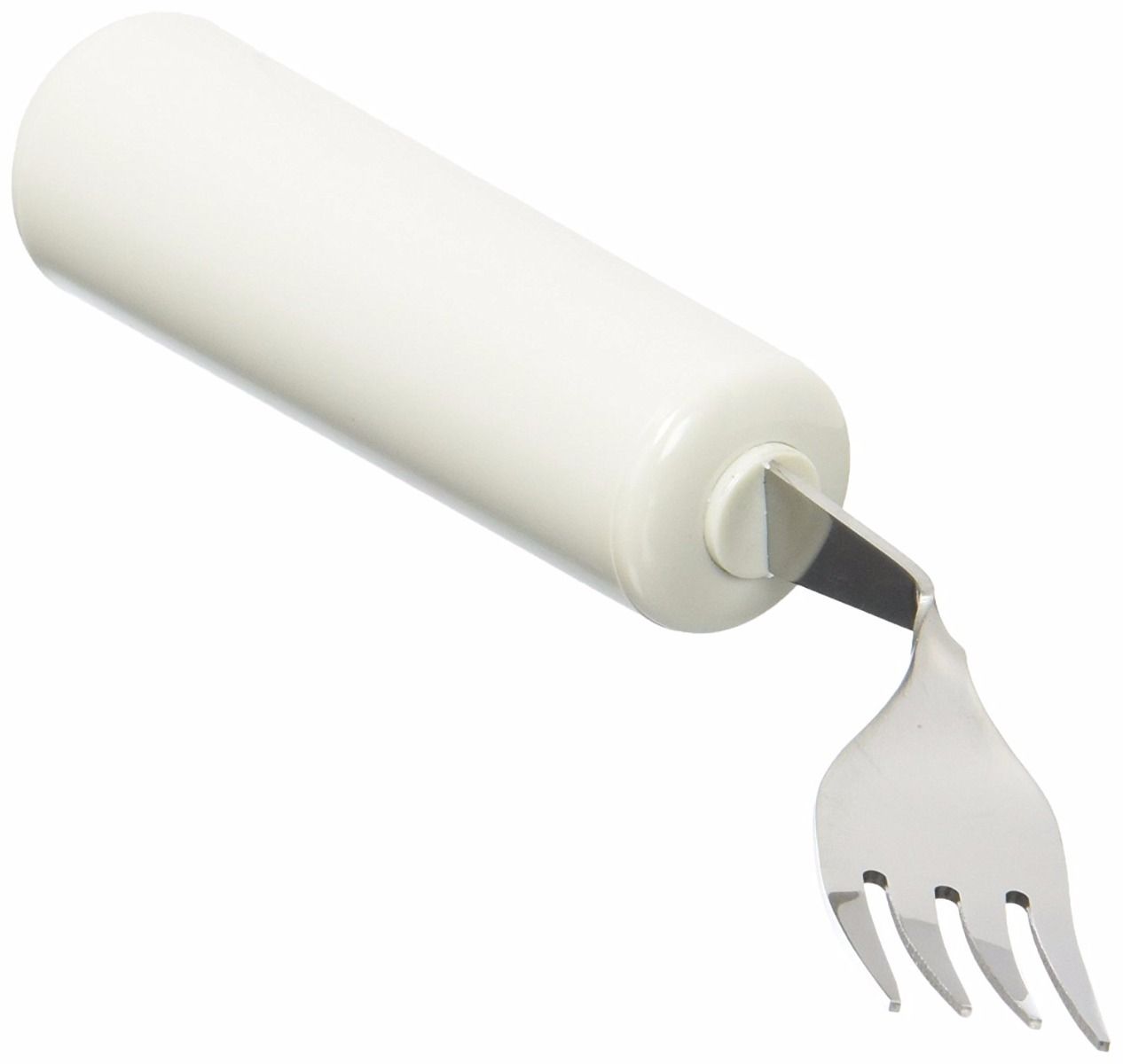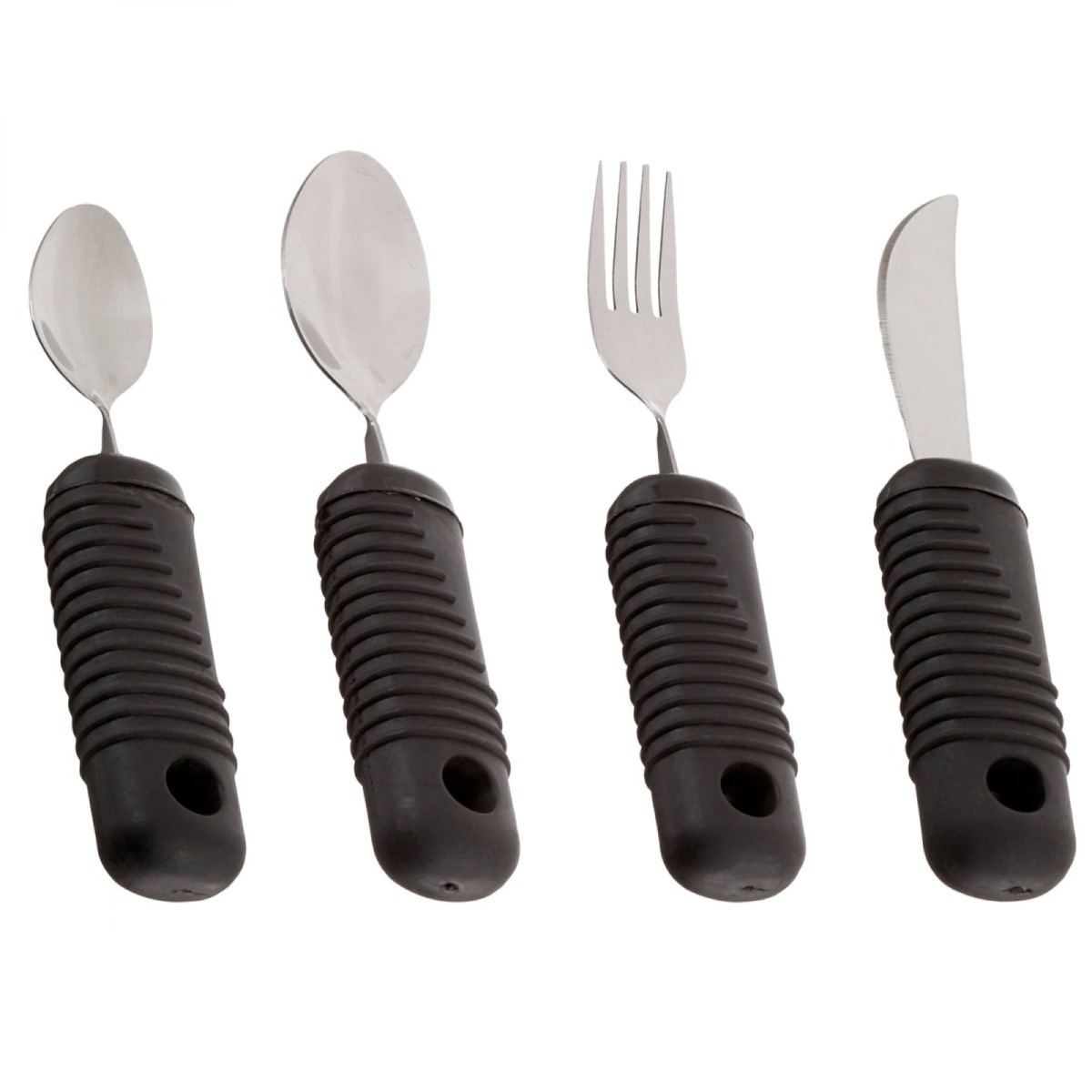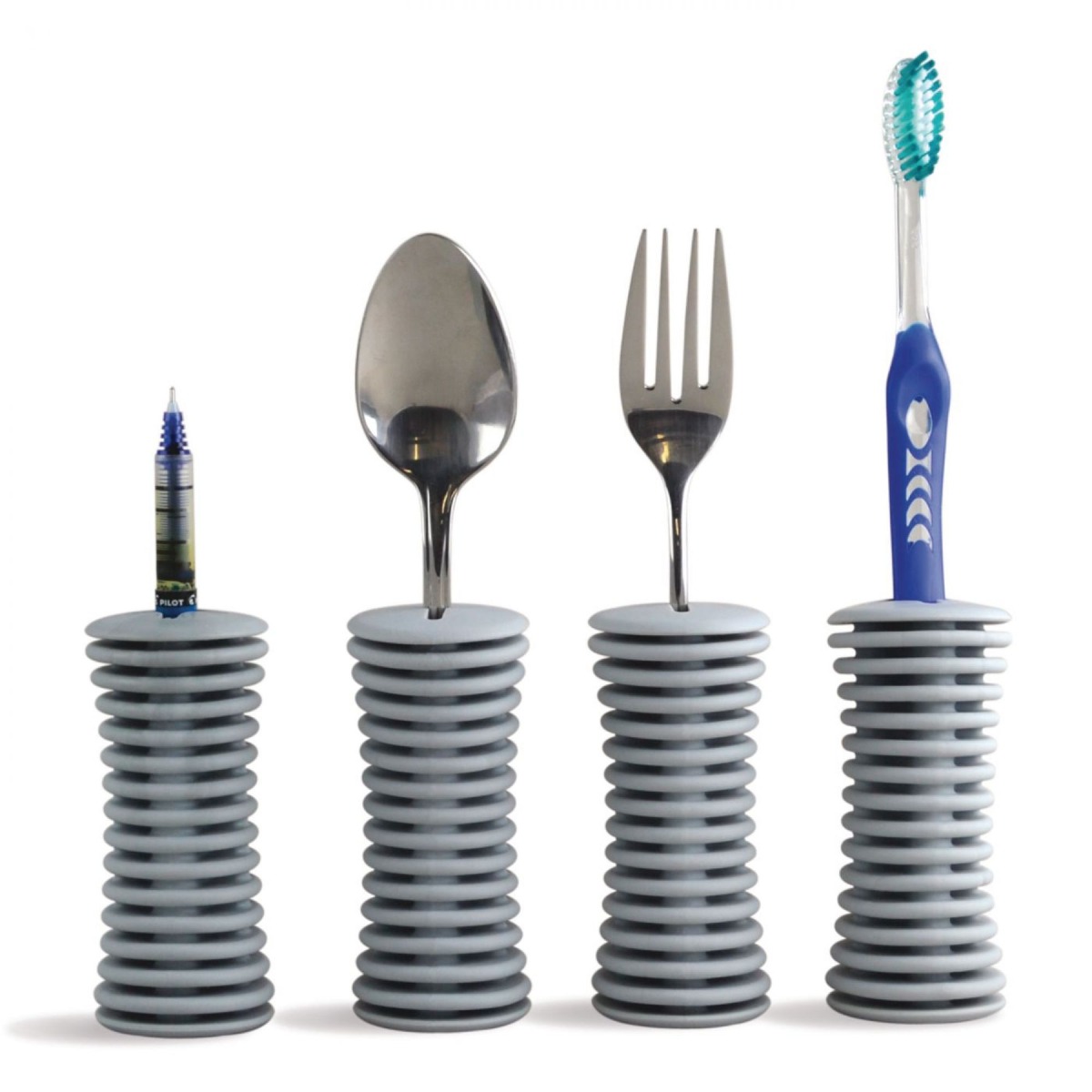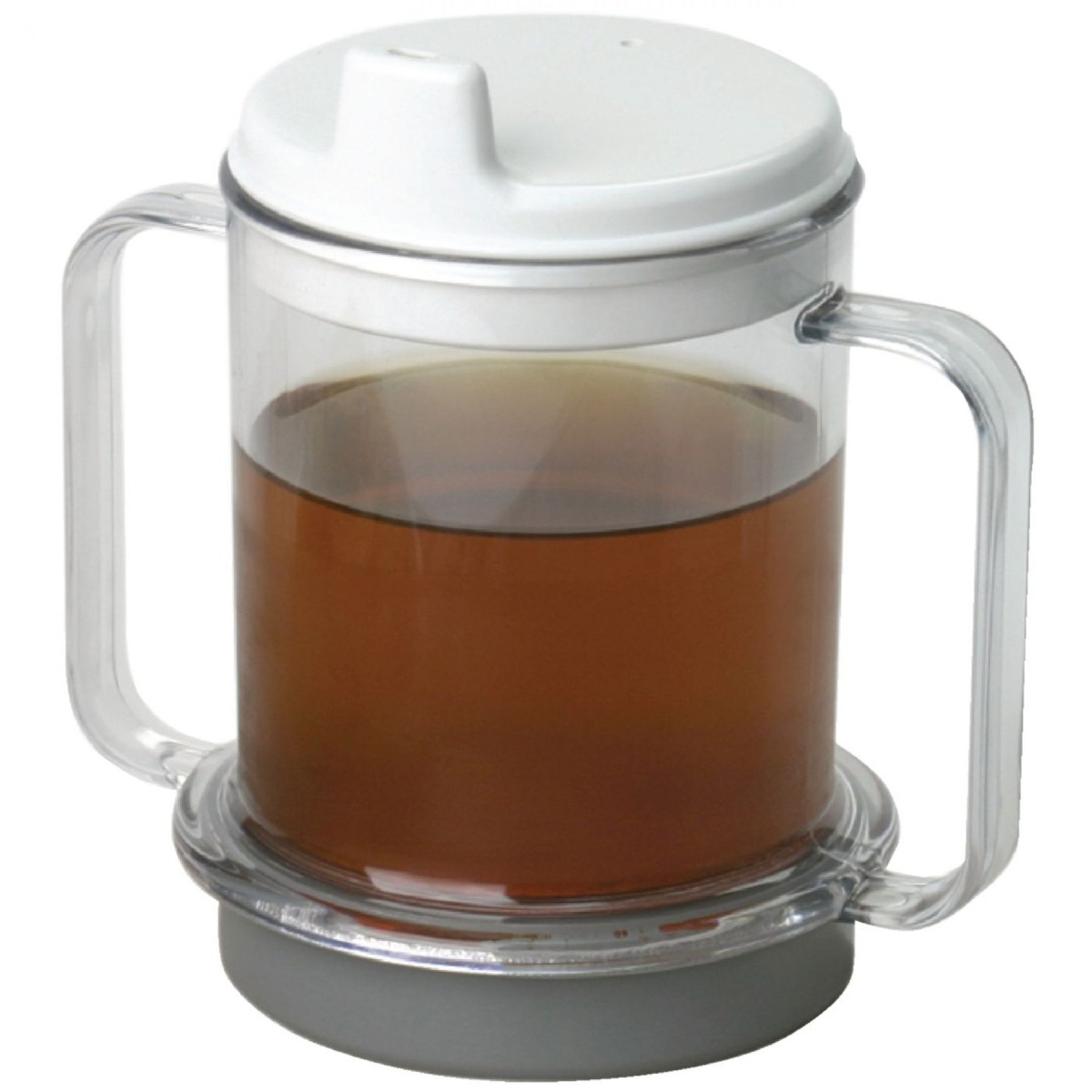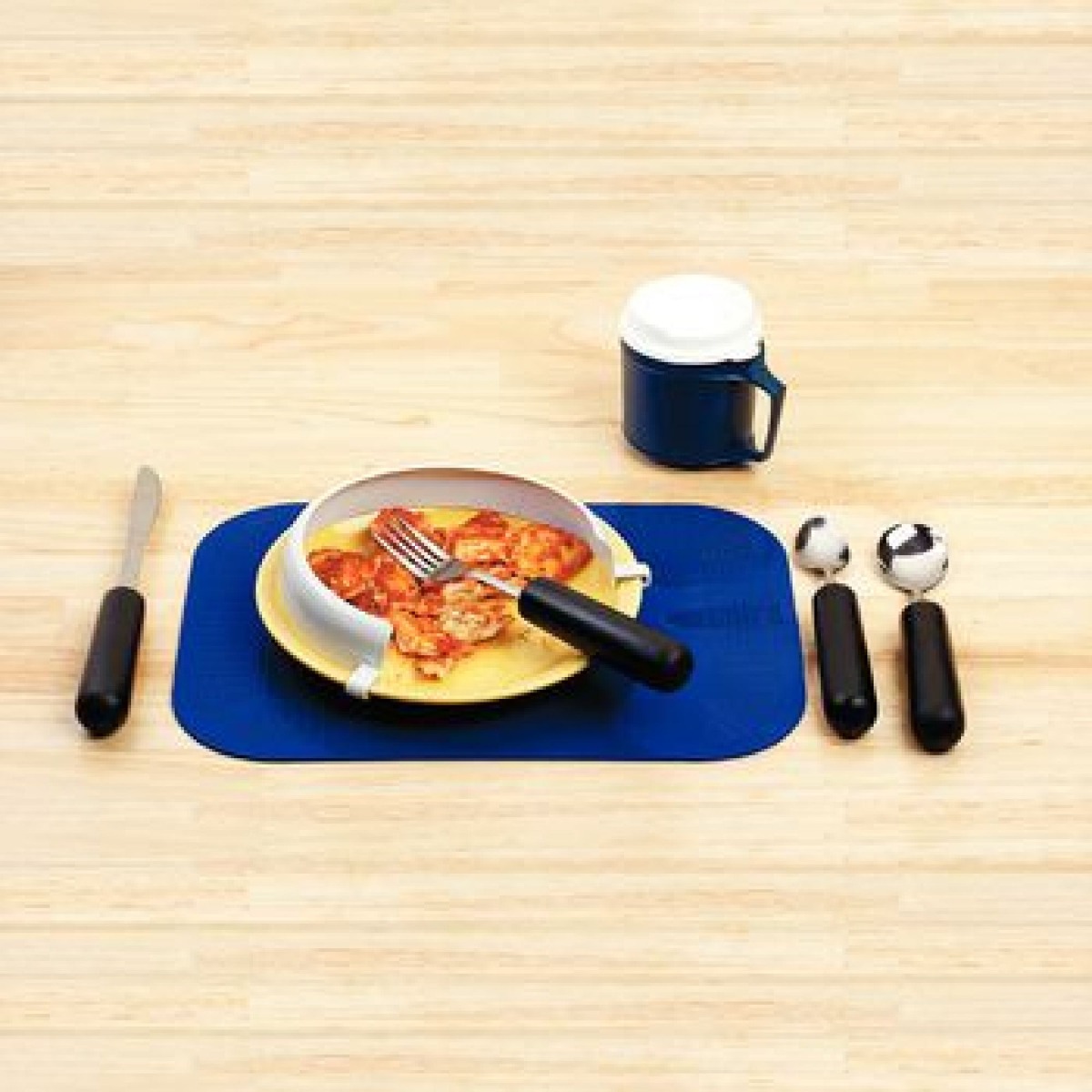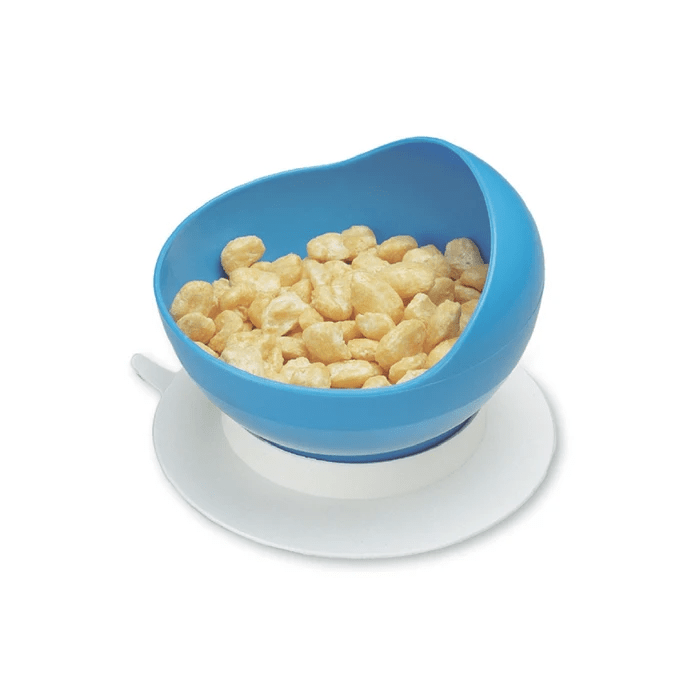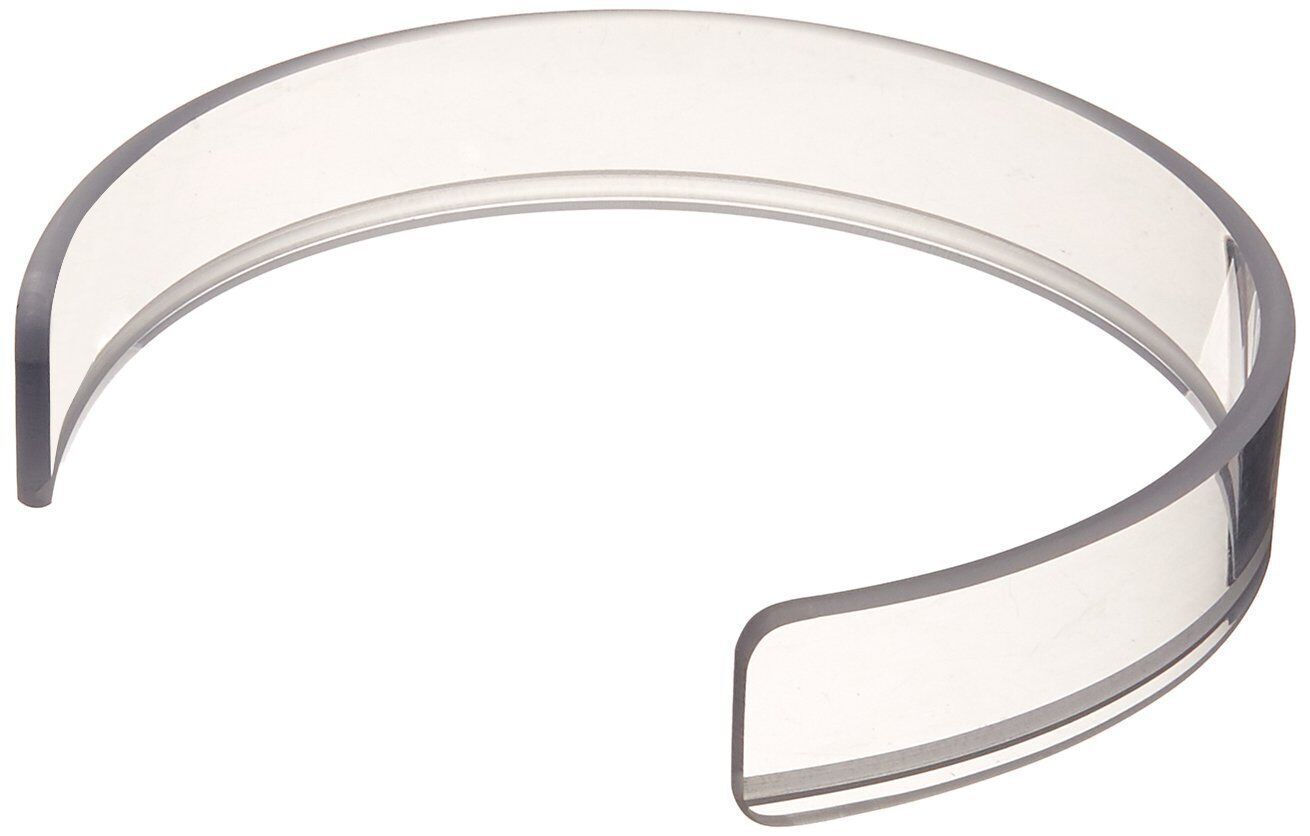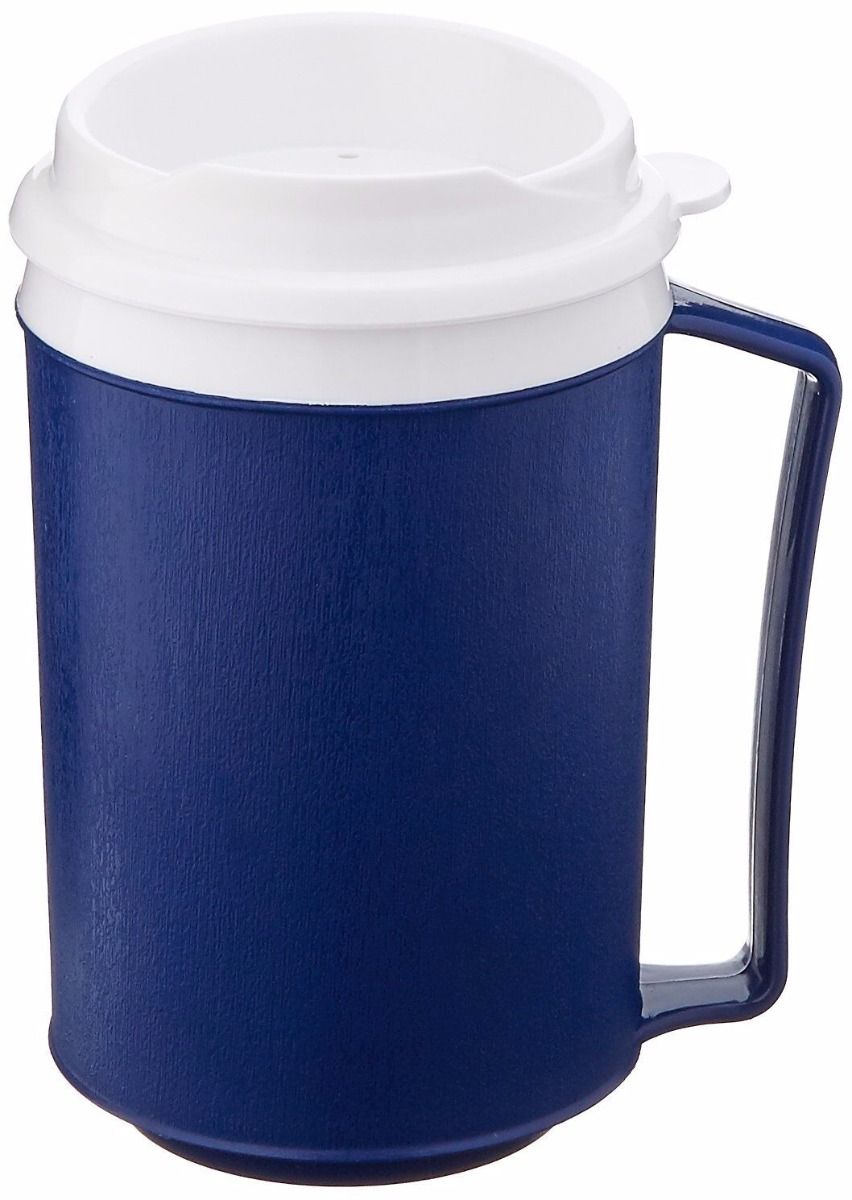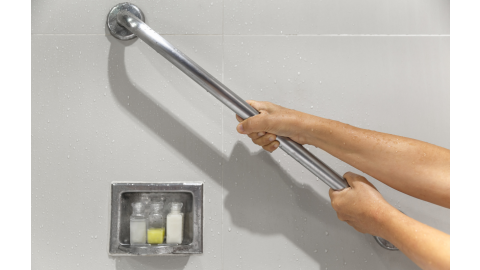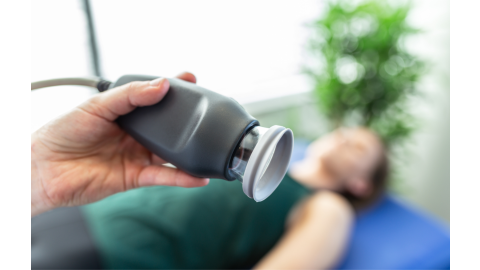Parkinson’s is a progressive neurological disorder that can cause tremors, slow movements, muscle stiffness, trembling, and shaking hands. Mealtime can easily become a task rather than something to enjoy for people with these symptoms. Patients with Parkinson’s disease will have different experiences depending on the stage and severity of their condition.
For instance, some individuals may rely primarily on one arm, preventing them from holding a plate in place while scooping their food. For others, the problem may lie in the tremors commonly associated with Parkinson’s. This results in shaking movements that make holding the utensil steadily difficult to achieve. Scooping food with a spoon or sticking food with a fork can also present difficulties.
We’ve come up with 10 helpful adaptive utensils and tableware that make eating safer and easier for patients with Parkinson’s!
5 Adaptive Utensils for Hand Tremors and Stiffness
5 Adaptive Dining Products to Help Reduce Spills
More Information and Aids for Parkinson's Disease
5 Adaptive Utensils for Hand Tremors and Stiffness

There are several options for adaptive utensils including those with built-up handles, weights, and swivels. Weighted utensils with curved handles make it easier to grasp during hand-to-mouth motion and reduce tremors. For those who experience a minimal range of motion with their hands, bent or bendable utensils make it easier to deliver food into the mouth without making a mess. Foam tubing can also be cut and applied to any utensil handle to improve motor control and enhance grip.
|
|
|
5 Adaptive Dining Products to Help Reduce Spills

Dining plates and bowls, plate guards, and two-handle mugs promote independence, self-confidence, and safer eating for those with Parkinson’s disease. Built-up sides on plates and bowls help users to push food onto the fork or spoon as well as keeping the food contained. Suction bases on bowls and plates also help to prevent slipping.
|
|
|
|
Stable dining surfaces can also help simplify mealtimes for those with shaky hands and weakness. The non-slip material can be cut-to-size and placed under a plate or bowl to keep it from moving on the table.
Simple changes and adaptations can make meals easier to prepare, eat, and clean up. Help your loved ones dine with ease and comfort using one of these adaptive utensils and tableware!
More Information and Aids for Parkinson's Disease
- A Beginner's Guide to Parkinson's Disease: Everything You Need to Know
- Managing the Stages of Parkinson’s Disease
- The 11 Best Shower & Bathing Aids for People with Parkinson’s Disease
References
- Anonymous. (2020). 8 Best Adaptive Utensils for People with Tremors, Arthritis, and Parkinson’s. Elderly Care Systems. Retrieved from https://bit.ly/39cGnwd
- Anonymouse. (2020). Managing Parkinson’s: Mealtime. Parkinson's Foundation. Retrieved from https://bit.ly/2xkZg2Y
- Anonymous. (2020). How to Find Assistive Dining Aids for the Disabled. The Wright Stuff. Retrieved from https://bit.ly/2J8Qtnr
Medical Disclaimer: The information provided on this site, including text, graphics, images and other material, are for informational purposes only and are not intended to substitute for professional medical advice, diagnosis or treatment. Always seek the advice of your physician or other healthcare professional with any questions or concerns you may have regarding your condition.








 France
France Australia
Australia